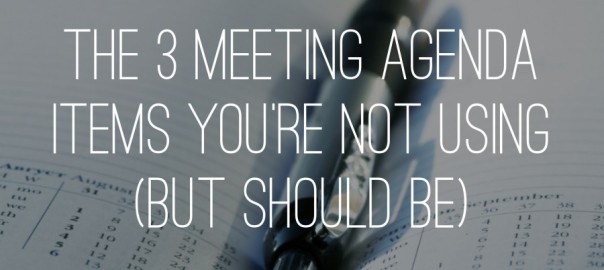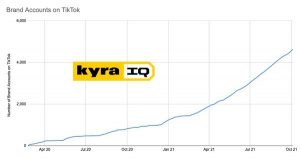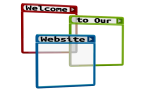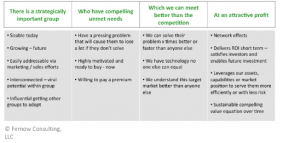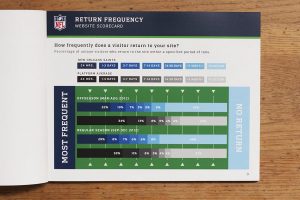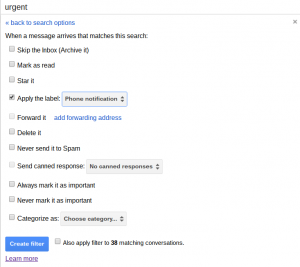
At Sales Engine, we prepare an agenda for each and every meeting — from long consulting project launch meetings to conference calls to discuss a specific topic with a client. We believe: If you don’t write it down, it doesn’t (and will not) exist.
Salespeople often fail by choosing to avoid preparing for a meeting properly. We get caught up in the excitement of potentially winning a new client that we forget there are critical steps to be taken before, during, and after each and every meeting with a prospect.
If you don’t prepare, you won’t win.
When you sit down to write your meeting agenda, go beyond a vague list of discussion topics. While these are obviously the bones of the conversation and they are extremely important, there are three agenda items that will help to elevate you above your competitors. These items are obvious to every high-performing salesperson because he/she executes them naturally over the course of the sales process. But there’s a ritual in writing these steps down & by doing so, you instill the discipline of executing consistently. Even if you are a high-performing salesperson, you establish even more credibility with your prospects by demonstrating disciplined behavior.
We’ve used these 3 agenda items on every agenda for over 5 years and we’ve lost count of the number of times a client comes to us saying something like, “I just love how structured and intentional our meetings with you are. I’ve begun conducting them the same way with my own team!”.
What would your meetings look like if you used these three meeting agenda items over the next 3 months?
Purpose, Benefit, Check
We’ve written at length about the Purpose, Benefit, Check on this blog. It’s a conversation tool that we really believe in. The Purpose, Benefit, Check (or PBC as we like to call it) is your on-ramp into the conversation. Many times, meetings start with 5-10 minutes of idle chatter. Here, you introduce yourself to anyone you haven’t met yet and share a story to socialize a bit. But then, there’s this weird period where someone has to make the conscious decision to say, “Ok, let’s begin the meeting now.” Most meetings begin this way. There’s nothing wrong with it, but it doesn’t exactly get everyone on the same page.
The most effective way of beginning a sales meeting is by using the Purpose Benefit Check. Here’s an example of what it might look like in one of our meetings:
Purpose
“The purpose of our meeting today is to discuss your sales toolkit and how it supports your sales process.
Benefit
I think this will provide you with a strong sense of how the toolkit could be enhanced to strengthen the sales team (benefit).
Check
How does that sound (check)?
*NOTE: This is important for each and every meeting, but especially for conference calls!
Accountabilities As A Result of the Meeting
Again, this one seems so simple that it shouldn’t even make our list. But we believe it should. Most meetings that we’ve attended or observed do not include this agenda item. Roles and responsibilities kind of float around as a result of the conversation. The responsibility of owning a certain ‘next step’ or ‘action item’ often lies with the person to whom it’s assigned, but that isn’t always clear. Over the course of the meeting, I might have to say to myself, “Ok, Joe mentioned that it would be great if I could do “x”, but I’m not sure if that’s a task that he’s actually assigned to me.” Make roles and responsibilities as clear as you can. You can do this by:
- Assigning note-taking responsibilities to just one person in the room. They can record every action item and assign one person to each task as the meeting progresses — and provide the team notes after the meeting has concluded.
- Using a white-board. Again, assigning someone with this responsibility during the meeting is easiest.
- Going beyond action items & establishing a timeline. When should each action item be completed? What would stall the process if a certain action item isn’t completed in time?
Make the roles and responsibilties entirely explicit so that everyone is moving toward the same goal on the same timeline as a result of your high-impact meeting.
Logistics
Just because the logistics (meeting time and date) may be on your calendar doesn’t mean that they are on everyone’s calendar. By creating a distinct meeting agenda for each meeting, you also begin to accumulate a log of progress. You can use your saved agendas to look back on your sales process with a specific client and begin to find ways of refining it in the future.
The 4 areas of logistical information that we include on every single agenda are as follows:
- Location: If this is a conference call, say so. Provide all conference line information for attendees. If this is an in-person meeting, be sure to include the specific room or conference number everyone should be looking for when they arrive.
- Date: Include day of the week as well! (You’ll avoid the classic mistake of listing the wrong day of the week for a specific date this way.)
- Time: Be sure to include the local time zone. Attendees may be traveling & you wouldn’t want them to miss out on it because of a small oversight like this.
- Attendees: List all attendees’ first and last names. It’s important that each person know who will be joining, especially if this is a meeting between departments.
Preparing properly for a meeting begins with an agenda. But don’t let it just stall there. Use these three agenda items in your next 10 meetings and let us know how it goes.
Business & Finance Articles on Business 2 Community(101)
Report Post